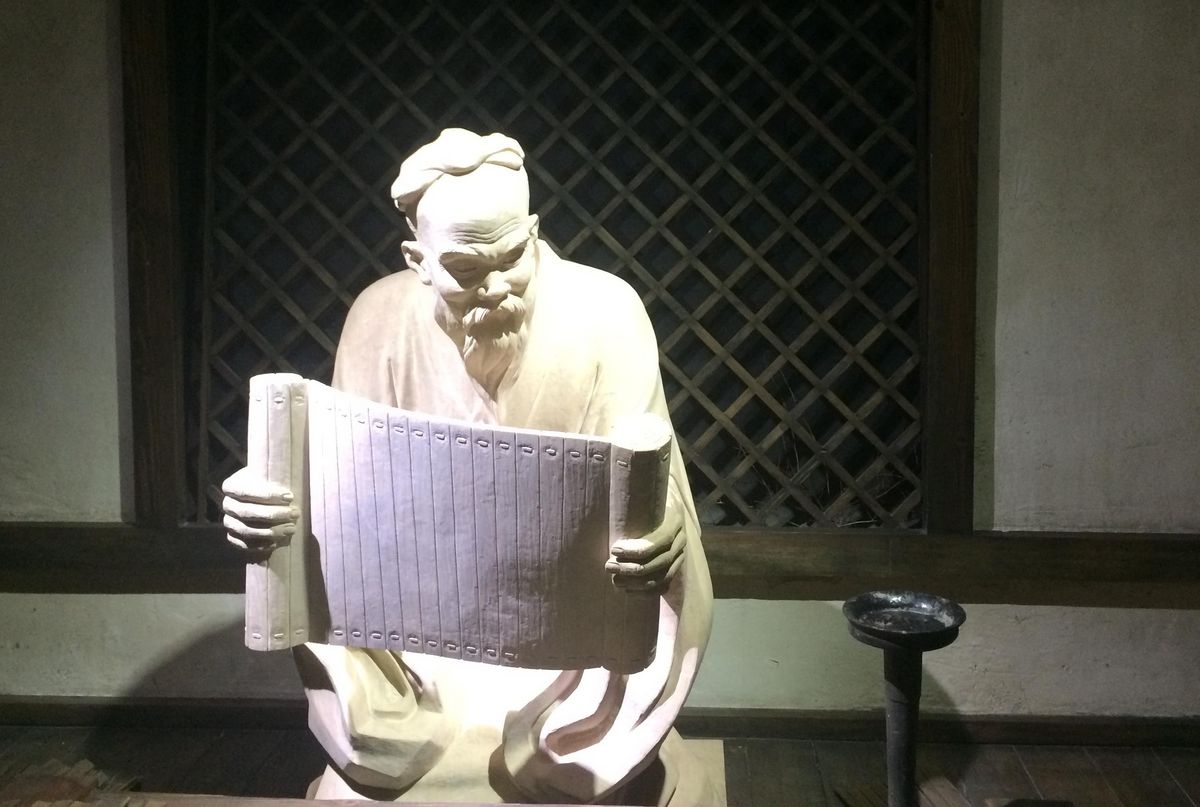Our current habilitation (= postdoctoral) projects show the wide variety of research in Chinese studies. Please contact the researchers if you are interested in their research topics.
Nikolas Broy:
The Transnational Space-Making of Taiwanese Religious Organizations: A Case Study of Yiguandao’s Global Spread
This project explores the transnational space-making of the Taiwanese religious organization Yiguandao (“Way of Pervading Unity”). Particularly since the gradual relaxation of political restraints in 1980s Taiwan, many religious organizations have started to spread their religious and cultural traditions on a global scale. Their endeavours connect, cross, and inhabit countries affected by Chinese migration as well as facilitate cross-border spatial arrangements such as transnational communities (including Chinese diaspora/Chinese cultural sphere/Buddhism). By focusing on three primary field sites, namely South Africa, the United States, and Japan, and applying the methodological framework of multi-sited ethnography, I aim to understand the transnational organizational structures, the creation of transnational social spaces, and the dynamics of central control and decentralization of the two religious organizations. This project is a part of the Collaborative Research Centre “Processes of Spatialization under the Global Condition” (SFB 1199) at Leipzig University, which deals with questions such as what characterizes the spaces made by people, how they relate to one another, and whether resulting spatial orders are becoming increasingly complex within the context of globalization processes.
Merle Schatz:
Struktureigentümlichkeiten Etablierter-Außenseiter-Figuration am Beispiel der Inneren Mongolei
Im Fokus der Forschung steht die Beschreibung von regional spezifischen Lebenssituationen von Mongolen und Chinesen, die sich in der Inneren Mongolei einen Lebensraum teilen und trotz/aufgrund der Nähe zueinander zahlreichen Formen von Abgrenzungen verfolgen. Auf den Ebenen Institution, Werte, Praxis wird ausgehandelt, wer Etablierter und wer Außenseiter in der Region ist oder sein soll. Die Untersuchung der Makrokontexte, in denen beide Gruppen mit all ihren Gemeinsamkeiten, Unterschieden, Widersprüchen und Konflikten als eine Form der Integration verstrickt sind als auch die Schwierigkeiten der Aushandlung ganz unterschiedlicher Kontextmodelle auf lokaler Ebene machen deutlich, dass die Beschreibung von Gesellschaften in China ein komplexes soziales Phänomen ist. Ziel des Projektes ist zu beschreiben, dass und wie genau die chinesische Gesellschaft multipel differenziert ist und welche Konsequenzen dies für Beschreibungen von „China und seine Kulturen/Gesellschaften“ haben könnte.
Jörg Henning Hüsemann
Golden Juice and Hemp Cake – Fertilizers in Chinese History
In comparison to other agricultural techniques, like irrigation, cultivation methods, or the development and use of agricultural tools, fertilizers still are an understudied part of Chinese agriculture. While scholars have explored the technical aspects of manuring, they often concentrated on certain times, regions, and materials or discussed fertilizers as part of larger economic developments. However, the role of fertilizers as an indicator for the unfolding of scientific and technological ideas in Chinese history has widely been neglected. I regard manuring as a perfect lens through which the historical development of sciences and scientific thinking in China can be studied. This study is designed as a longue durée history of manuring in which I analyze historical ideas concerning the production and usage of fertilizers. The two research questions at the core of my new book project are what Chinese agriculturalists regarded as fertilizers and how they explained the necessity and effects of applying fertilizers. I argue that even without modern geochemical knowledge, historical actors developed explanations for the importance and effectiveness of manuring, defined by specific cultural, social, technical, and scientific frameworks. The monograph synthesizes a variety of sources (e.g., nongshu農書, local gazetteers, and travelogues) to claim that fertilizers, primarily valued as an economic resource so far, deserve as much to be studied as materials of great significance for understanding Chinese scientific and technical knowledge, culture, and society.
